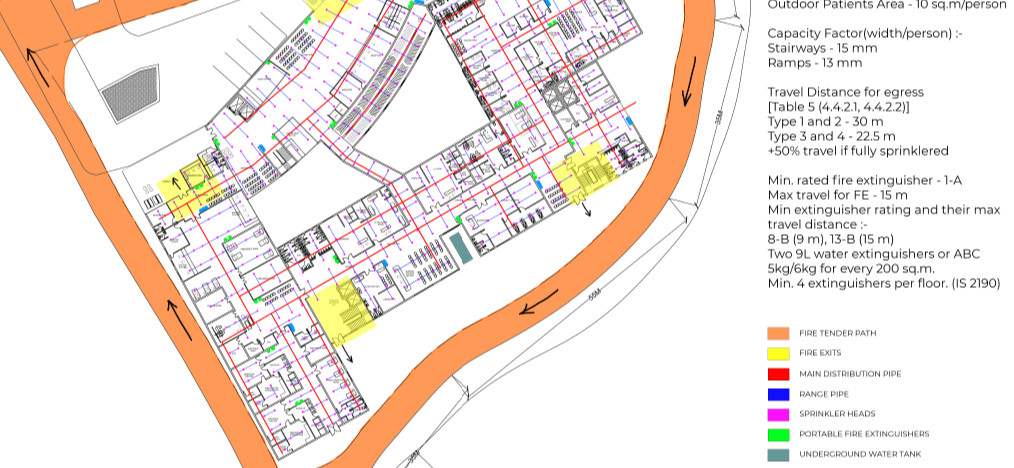Research Article
Building Design Parameters for the Safety of Individuals with Autism Spectrum Disorder
Building secure environments is becoming a critical measure as global crime rates are constantly on the rise, whether at the level of national policy or inside the safety of our own homes. Conservations and discussions on crime against women, children, and the elderly have been at the forefront for the longest time, while the injustice against individuals with disabilities continues to remain in the shadows.Individuals with disabilities are severely vulnerable to criminal violence, mistreatment, and victimization. This paper focuses on the crime against individuals with Autism Spectrum Disorder (ASD) and its prevention.Individuals with Autism may feel sensorially overwhelmed in public spaces, leading to a huge risk of them losing their way or other adverse scenarios due to cognitive (and physical) disorientation.Hence, the built-environment plays an important role in generating a sense of stability as well as security for a comfortable experience for individuals with all kinds of disabilities, be it of visible or invisible kind.Further, there may be traits associated with Autism that increase or decrease an individual’s tendency to breach the law. They may struggle to regulate their aggressive behaviour, and emotions, and misinterpret other people’s standpoints. They could exhibit problematic behaviours which draw the authorities such as law enforcement into the picture. Nevertheless, individuals with ASD also regard laws and norms to be beneficial in the context of comfortable, non-threatening surroundings.The aim of this research is to expand the scope of Crime Prevention Through Environmental Design (CPTED) in relation to interventions for individuals with intellectual disabilities. The paper seeks to explore this area of research, particularly considering the impact of technology and its association with crime.The methodology of this research paper aims to study the sense of safety generated by the built-environment within an individual with Autism, and their response. Further, analysis has been included on how a secure environment can be designed keeping security systems in perspective. Case examples from various parts of Australia have been examined in this context, following a detailed analysis of global CPTED strategies. Although there is a growing body of knowledge on this subject, the best design practices as still unclear. The research provides suggestions and recommendations on how the original CPTED guidelines can be viewed through the lens of autism and other intellectual disabilities.Thus, this research aims to uncover and establish parameters essential to create a safe and secure built-environment for individuals with ASD within the existing CPTED guidelines. The paper emphasizes the significant role of CPTED in designing the built environment to enhance inclusivity at a contextual level.
see more

